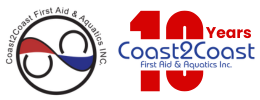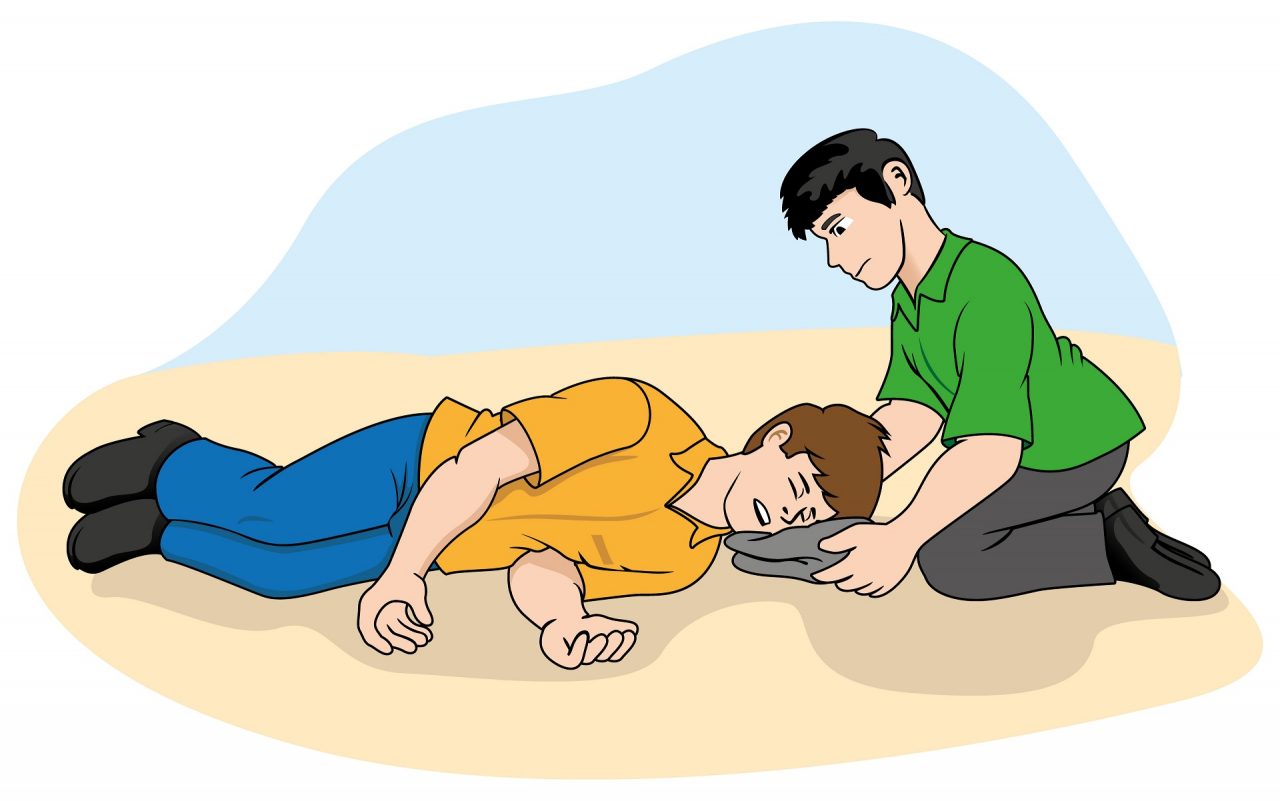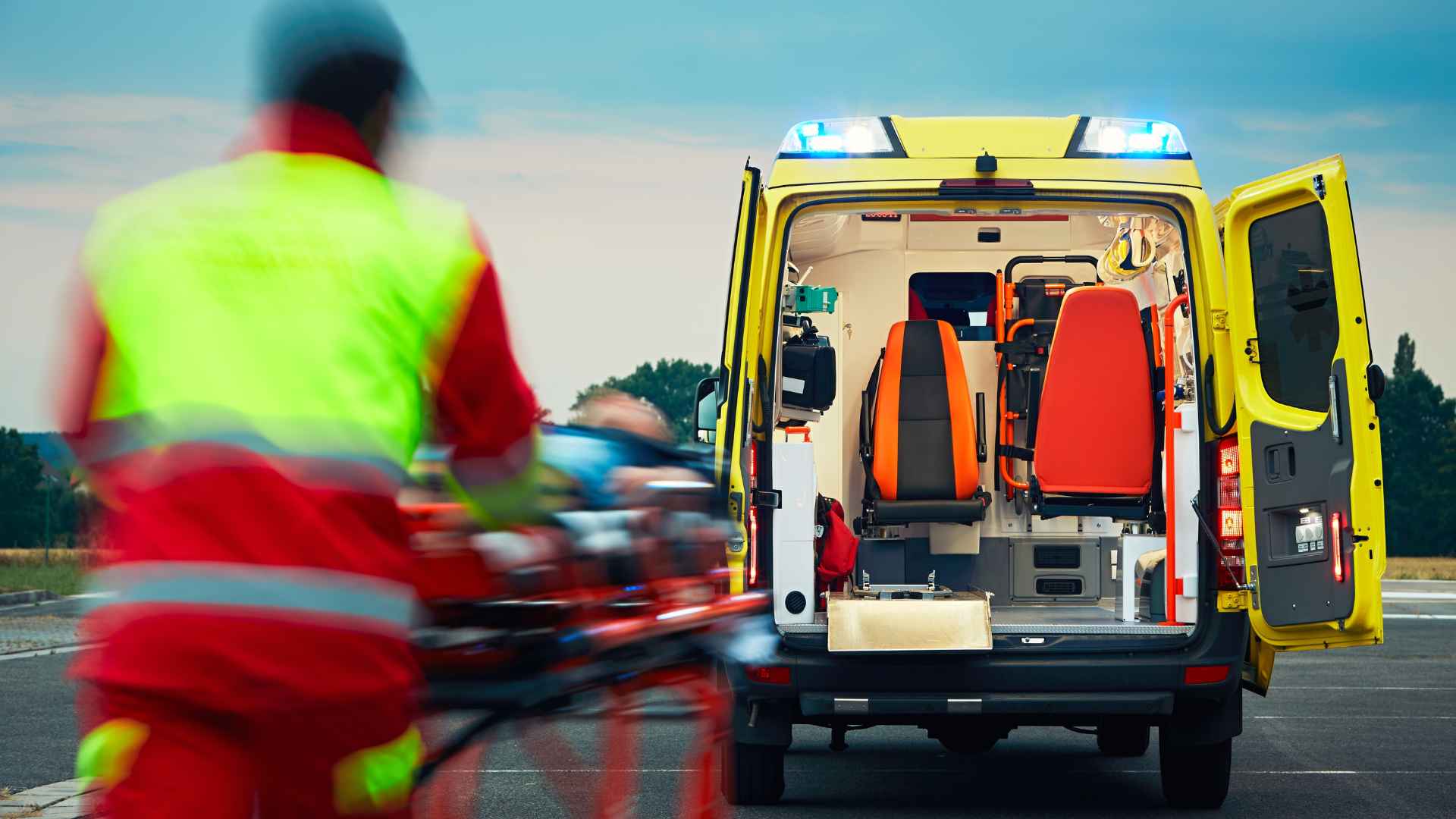A seizure is a matter of abnormal electrical signals in the brain that result in temporary and involuntary disruptions in brain function, shaking or contraction of limbs (convulsions),changes in sensory processing, behaviour deviation, and altered levels of coherence.
Continue readingHow to Perform CPR on Pets to Save Their Lives
Our pets are not just companions; they are essentials members of our families who deserve the same care and love as anyone else. When it comes to your pet’s health and safety, many of us keep up with their diet and exercise, and go to regular check ups at the vet, but seldom of us realize the dangers of our animal friends when it comes to choking.
Continue readingWhat To Do If Your Pets are not Breathing?
Every public institution you send your child to, whether it is a school, after-school program, club sport, religious centre, or daycare; you want to know that they are safe at all times. With the recent story of a young boy choking to death in a mosque in England, it has many of us worried that not everyone who is looking after our children are CPR/AED or First Aid trained.
There were several reasons why this result ended morbidly, which included not knowing how to use a defibrillator, or the location of one, volunteers and staff not being trained in emergency first aid, but most of all, not knowing how to respond to infants and children in choking and breathing emergencies.
These stories are somber to read, but they must be reminders for those working with children to be updated in their CPR and first-aid knowledge, as well as being aware of the defibrillator locations in all facilities.
Although child care workers are required to have CPR and First-Aid training, there are many establishments we send our children to where volunteers and staff do not have the requirements to be first aid certified. Your child’s safety is the number one priority; it is up to you to make sure that whoever is in care of your son, daughter, or relative is certified in the appropriate way.
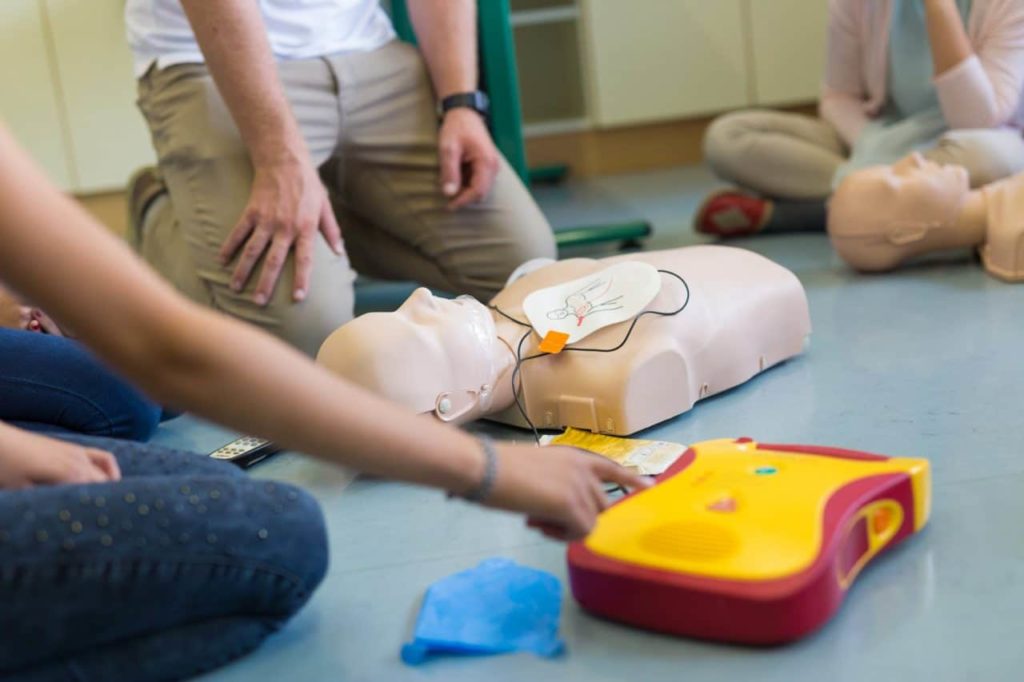
The first action is to know the whereabouts of the facilities’ defibrillator, or commonly known as an AED. The device is used to deliver electrical currents through the heart, via the defibrillation pads attached to the machine. Survival rates go from 5% with only cardiopulmonary resuscitation (CPR) to 75% with an automatic external defibrillator.
To learn more about what defib’s are, check out our blog post where we explain how to use one and where they are usually located.It is essential to be comfortable using a defibrillator in an emergency. In all our First-Aid and CPR courses at Coast2Coast, we provide the knowledge and practice of how to use a AED on infants, children, and adults (depending on your level of choice).
For most public centres, the AED would be located in the front foyer or staff room. When touring a new place, such as a church or sports facility, it is important to find out where the facility AED is located, and which staff members and volunteers know of its location, and how to use it.
Along with knowing about the facility’s AED location, it is also beneficial to find out how many first-aid kits are in the building, and where exactly they are located. Let your child know in what rooms or who has them, as he or she might be in a scenario where it is up to them to find one if there is no other supervisor around.
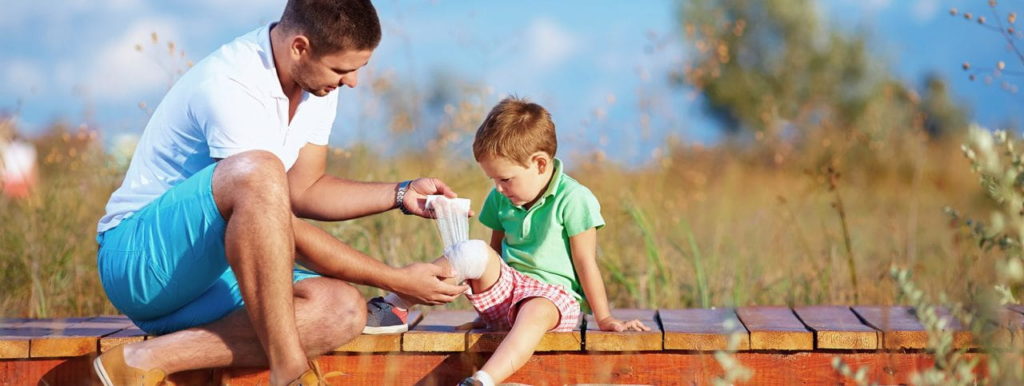
As well as being trained in AED use, all staff workers and volunteers with children should be trained in Emergency First-Aid (EFA). Coast2Coast offers the EFA in a one day course that covers skills such as CPR, wound care, and emergency situations. We also offer our EFA course in an online blended curriculum, which allows the participant to study theory at home, and practice the skills in class for half the day.
Emergency first-aid covers many situations that your child may face, such as heat exhaustion, burns, choking, and intense bleeding. As well as your child’s caretaker, it is invaluable as a parent or guardian to obtain first aid training as well. Moreover, it gives you some skills that might be useful to save your pet’s life.
Last but not least, those in care of children should be fully educated in reacting and saving a child or infant from choking or breathing emergencies. Like many cases such as the young boy at the beginning of this blog, they rely on adults to help them when they are in pain and danger.
If a child does begin to choke, begin CPR immediately with thirty compressions, checking the airway, and repeating for two minutes. If you are the only person around, call 911. If there is a child or adult around, have them call 911 and find the AED while you are with the child in need.
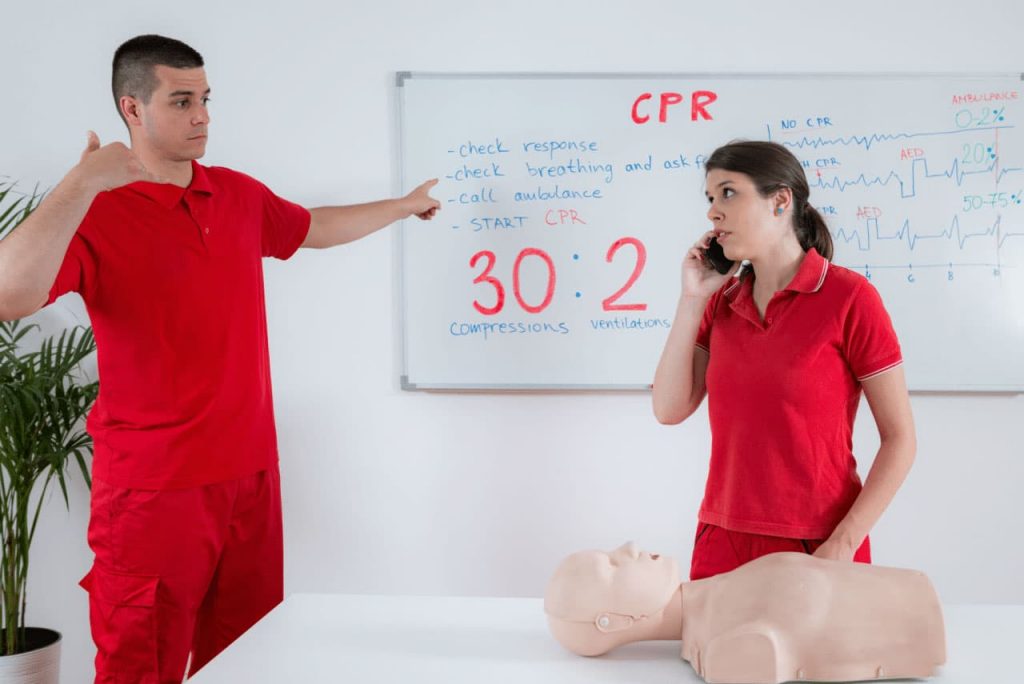
For children and infants, chest compressions are performed differently, as they only need two fingers (infants), or pressing down two inches (child). Make sure the neck is not tilted back too far for babies, as you do not want to cause head or neck injury as well. Continue doing compressions and checking for breathing until emergency medical responders come. When checking for breathing, and if no air is being released, put your mouth over the nose and mouth (infant) or cover the mouth with your mouth and hold the nose (child) to do rescue breathing.
These methods can be properly taught through our CPR/AED courses, especially in our level C course, where we show the exact techniques one must do for a baby or kid that is choking. Our classes go through step-by-step instructions and show the exact techniques for every situation possible.
Our kids are our most precious treasures, and we want them to feel safe and protected at all times. With their teachers, caregivers, youth group leaders, and any other worker or volunteer that is under their care, we hope that in any emergency situation they can preserve life and not cause a fatality because of their ignorance to first aid and CPR training.
With the school year coming up, youngsters all around will begin new activities and sports for enrichment purposes. Talk about first-aid and CPR experience when registering your child, and know that Coast2Coast First Aid is here for all your training needs!
Register for First Aid Training
Register today for a First Aid Training course and learn how to deal with emergencies and keep your loved ones safe! Check out our facilities and book your spot now.
What Should You Do to Handle a Medical Emergency?
When hit by a medical emergency, most people are caught unprepared and just panic or freeze.
That’s why we are glad you are reading this.
This article is in no way a substitute for a first aid and cpr training course, but it will give you an idea of what you can do, even if you are not trained in any specific procedures.
First and foremost, if you are not CPR / First Aid trained, or the situation is beyond your expertise – you should get qualified, professional help.
Here is the list of sources where that help can be obtained:
- The Police
- Fire Department
- Poison Control Center
- Local Hospital
- Ambulance Service
- Family Doctor
Keeping those numbers in your cellphone at all times and within reach is always a good idea, just in case.
Here are a few more ways to be prepared for a medical emergency:
Make a List of Medical Substances or Aides Your Family Takes
This list will be useful especially before traveling, to make sure you pack those medications to the trip with you. It will also serve as a good source of information when you need to give your family member a pill and they can’t speak to tell you what it’s called and where in the house you can find it. There is a whole plethora of conditions that require regular medication and when it’s really needed, it’s needed now.
Keep a Kit with First Aid Supplies
One at home and one in the car, as a matter of fact. Check them once or twice a year to make sure it’s well stacked and nothing in it had expired. Here’s a list of content for a basic first aid kit:
- Aspirin / Acetaminophen / Ibuprofen
- Antibiotic Ointment and Hydrogen Peroxide
- Bandages, Cold packs, Latex Gloves
- Rehydrating Fluids
- Safety pins, Scissors, Tweezers
- Soap, Hand Sanitizer
- Antihistamine
- Thermometer
- Spare Chronic Medications
Learn CPR. This is among the most useful skills to obtain that you might need in an emergency. Not every emergency will need it, but those that do will likely be tight life or death situations. This is not an exaggeration by any means. That’s why our training program in Toronto is extremely popular. Click here to learn more.
In this video, we delve into the essential ABCs of first aid—Airway, Breathing, and Circulation. Understanding these foundational principles is crucial for anyone wanting to respond effectively in emergency situations. Whether you’re a healthcare professional or a concerned citizen, mastering these basics can make a critical difference in saving lives. Join us as we explore each step, providing valuable insights and practical tips for handling emergencies with confidence.
Now regardless what happened, you need to follow this set of emergency response rules:
Make Sure The Scene is Safe. You can’t administer assistance to someone who is still in direct danger, especially if you are putting yourself in yourself danger as well.
Determine the Problem. Different scenarios require different intervention. Identify the number of victims and their conditions. Ask bystanders for help.
Call for Help. Be prepared to answer questions regarding what you’d assessed in the step above, but also information about your location and other details, so make sure you know all that you could gather.
Direct Help. Don’t move anyone who may have a back or neck injury. Avoid causing harm by removing protruding objects – pulling a knife out of a wound may cause rapid bleeding. Check for breathing and pulse of anyone unconscious, and administer CPR if you are trained and there is a need. Having the right skills might make all the difference in saving a person’s life with your CPR training. Turn the patient over to professionals when they arrive.
And yes, joining our Coast2Coast training program can also help a great deal. Contact us now to get one and be there for someone in need!
